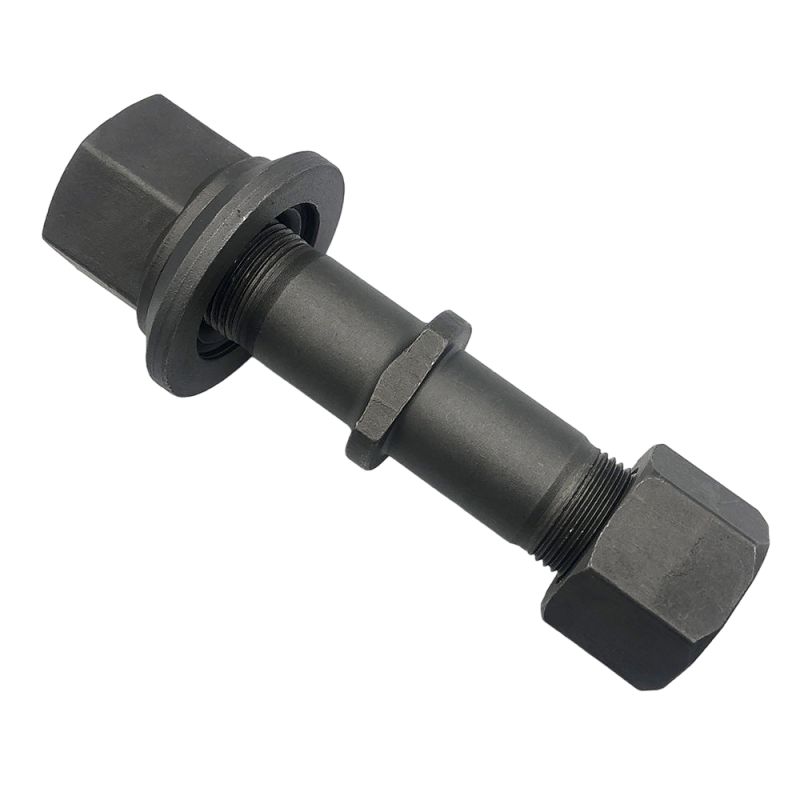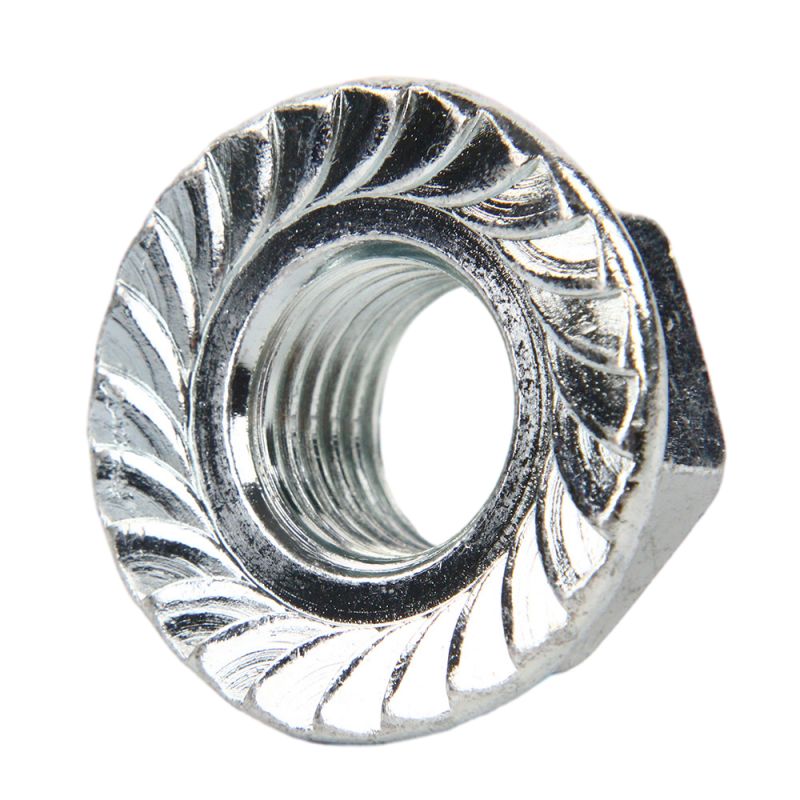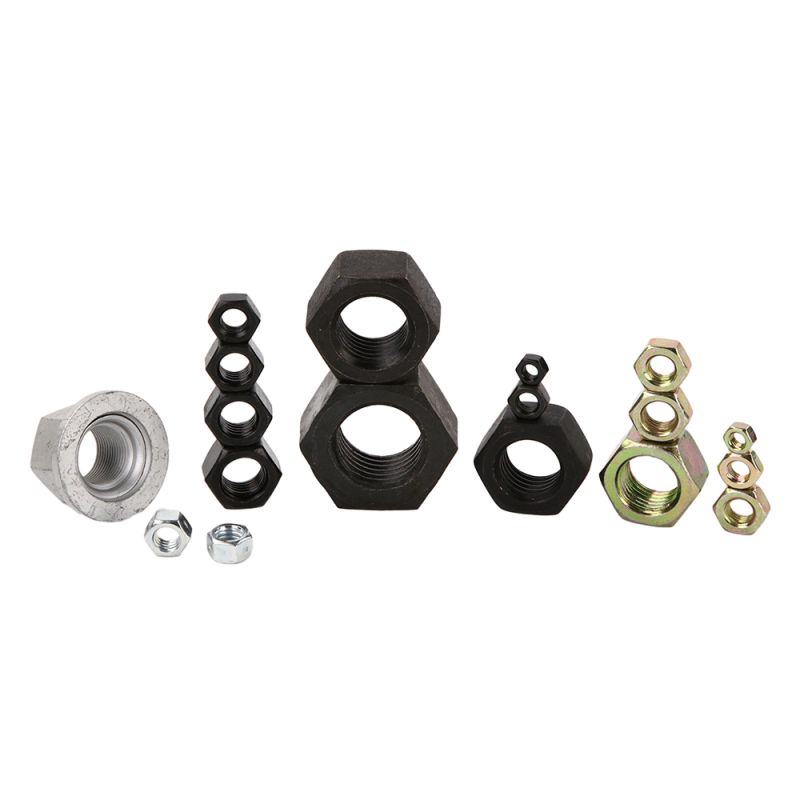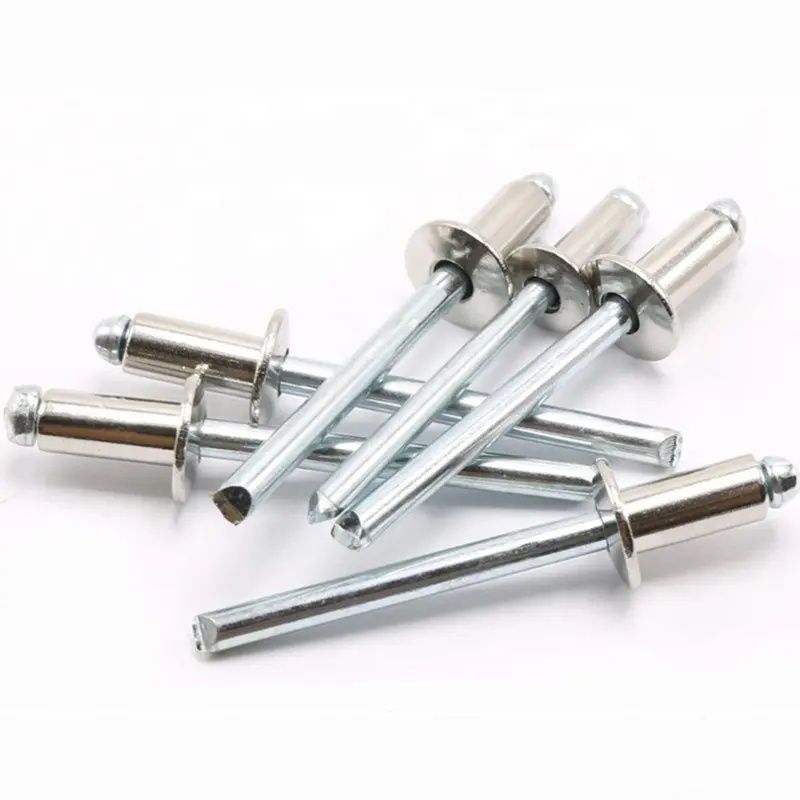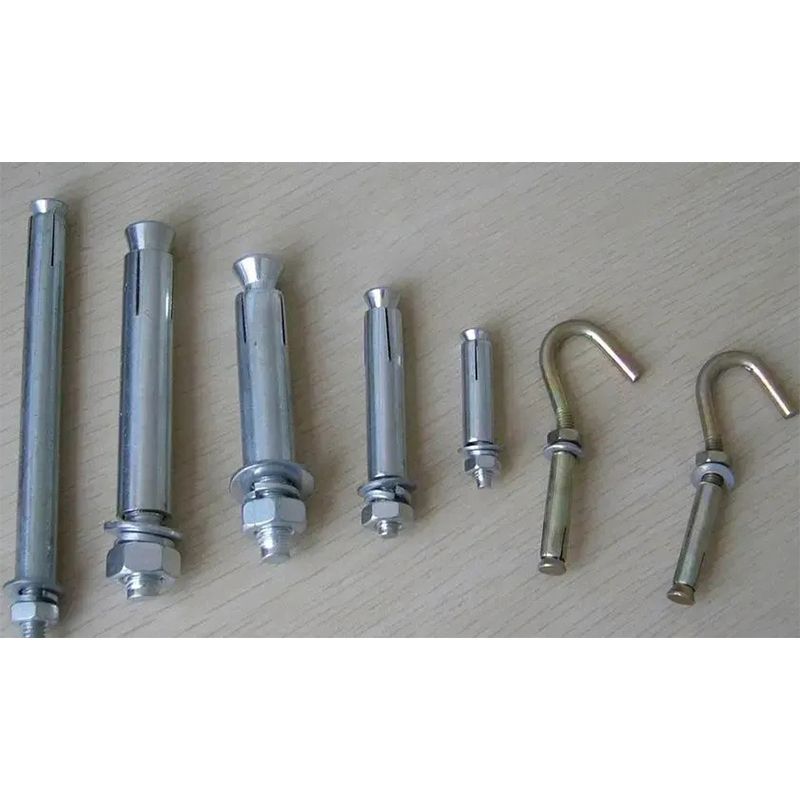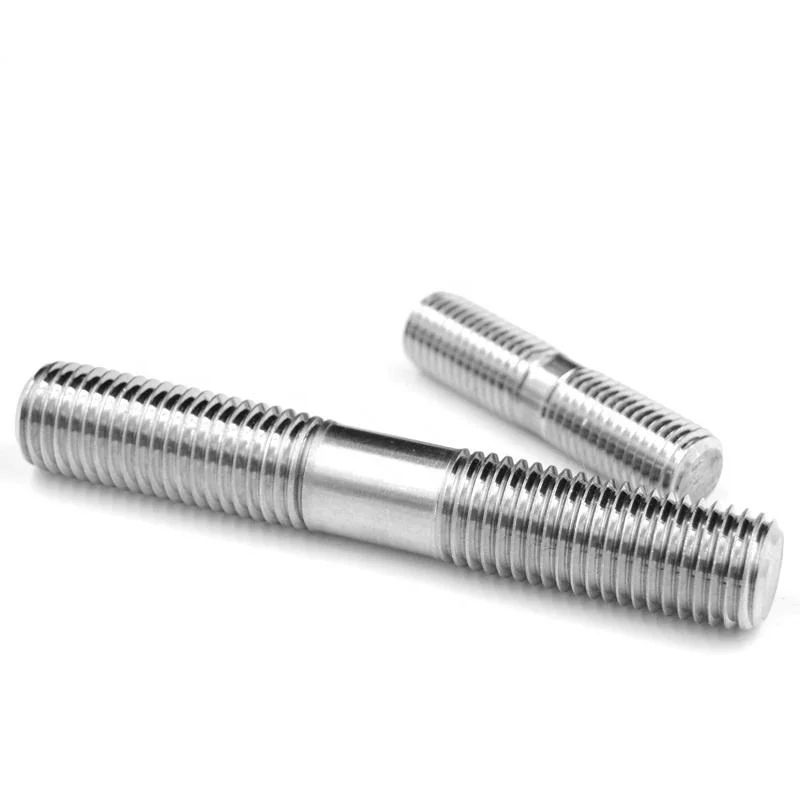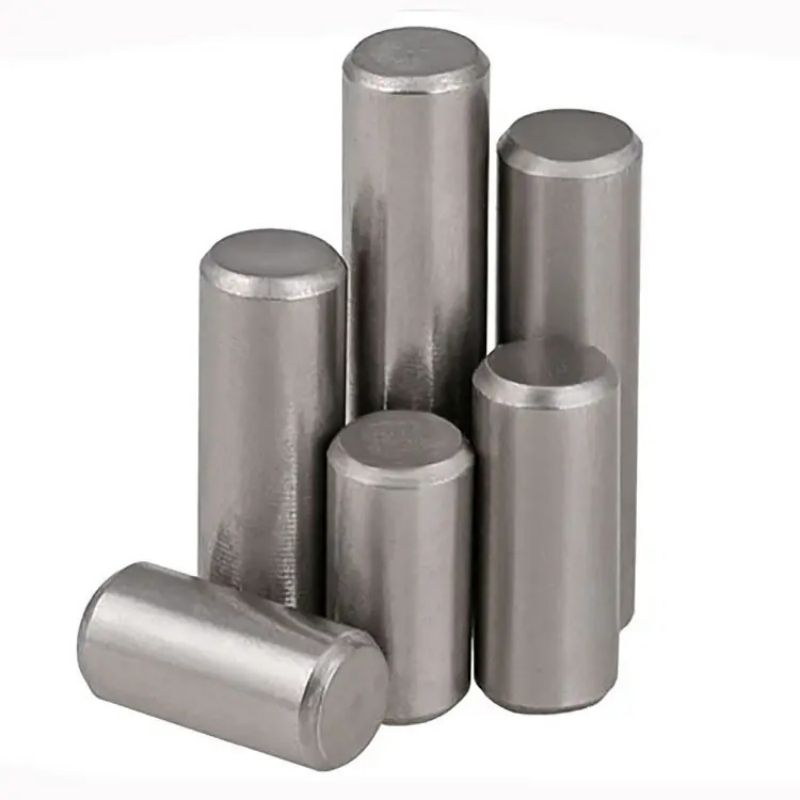In the field of hardware fasteners, due to its excellent corrosion resistance and mechanical properties, it is widely used in various engineering and manufacturing fields. However, different stainless steel materials have different characteristics and applicable occasions. Today, we will explore several common stainless steel fasteners materials in depth, unveil their mystery, and help you be more relaxed when choosing.
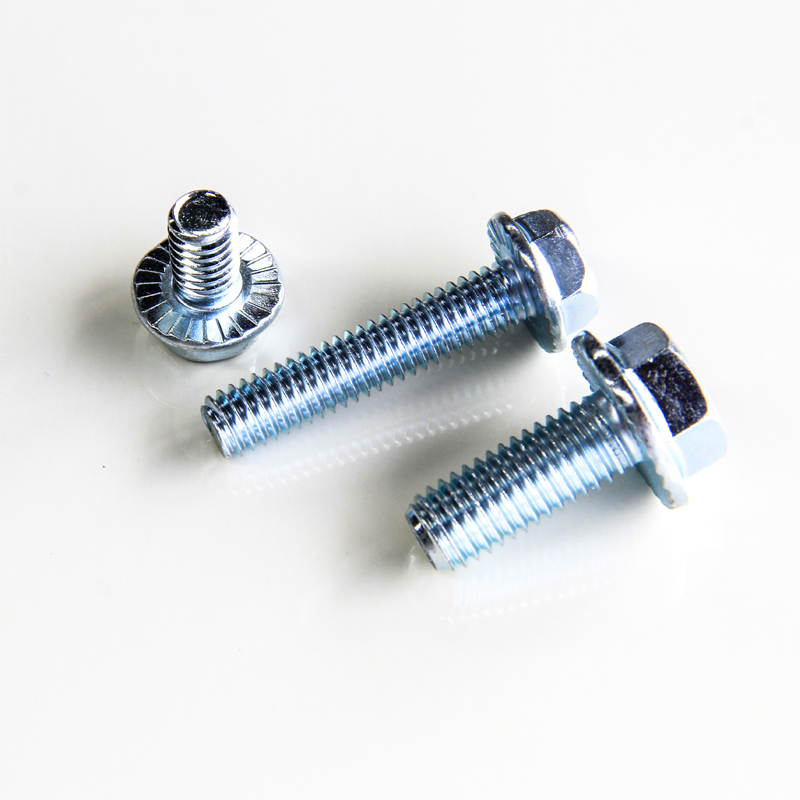
When choosing stainless steel hardware fasteners, you need to consider the following factors:
Environmental conditions: For example, in marine or chemical environments, it is recommended to choose A4 series or B8M series.
Load requirements: Select appropriate yield strength according to the load size, such as A2-70, A2-80, A4-70, A4-80, etc.
Standard requirements: Select materials that meet the corresponding standards according to the standard requirements of specific applications, such as F593 series.
A2 series stainless steel
A2 series, also known as 304 stainless steel, is one of the most common stainless steel materials with excellent corrosion resistance and mechanical properties.
A2 304: Basic 304 stainless steel, suitable for general industrial and civil environments.
A2-50 304: 500 MPa yield strength for medium load applications.
A2-70 304: 700 MPa yield strength for higher load applications.
A2-80 304: 800 MPa yield strength for high load and high strength applications.
A3 Series Stainless Steels
The A3 Series Stainless Steels have higher corrosion resistance and toughness for more demanding environments.
A3: Basic A3 Stainless Steels for harsh environments.
A3-50: 500 MPa yield strength for medium load applications.
A3-70: 700 MPa yield strength for higher load applications.
A4 Series Stainless Steels
The A4 Series, also known as 316 Stainless Steels, contains molybdenum to further enhance its corrosion resistance, making it particularly suitable for marine and chemical environments.
A4-50 316: 500 MPa yield strength for highly corrosive environments.
A4-70 304/316: 700 MPa yield strength for high corrosion and higher load applications.
A4-80 316: 800 MPa yield strength for extremely high loads and harsh environments.
B8M Series Stainless Steel
B8M Series Stainless Steel is 316 stainless steel that meets ASTM standards, has excellent corrosion resistance, and is suitable for high temperature and high corrosion environments.
B8M 316: Standard 316 stainless steel for extreme corrosion and high temperature environments.
F593 Series Stainless Steel
F593 Series Stainless Steel is stainless steel that meets ASTM F593 standards, divided into 304 and 316 materials. This series is closely related to the American standard and is suitable for occasions where high strength and corrosion resistance are required.
F593C 304: Standard 304 stainless steel with good corrosion resistance and mechanical properties.
F593D 304: Reinforced 304 stainless steel for higher strength applications.
F593G 316: Standard 316 stainless steel, suitable for highly corrosive environments.
F593H 316: Higher strength 316 stainless steel, suitable for extremely high corrosion and high strength requirements.
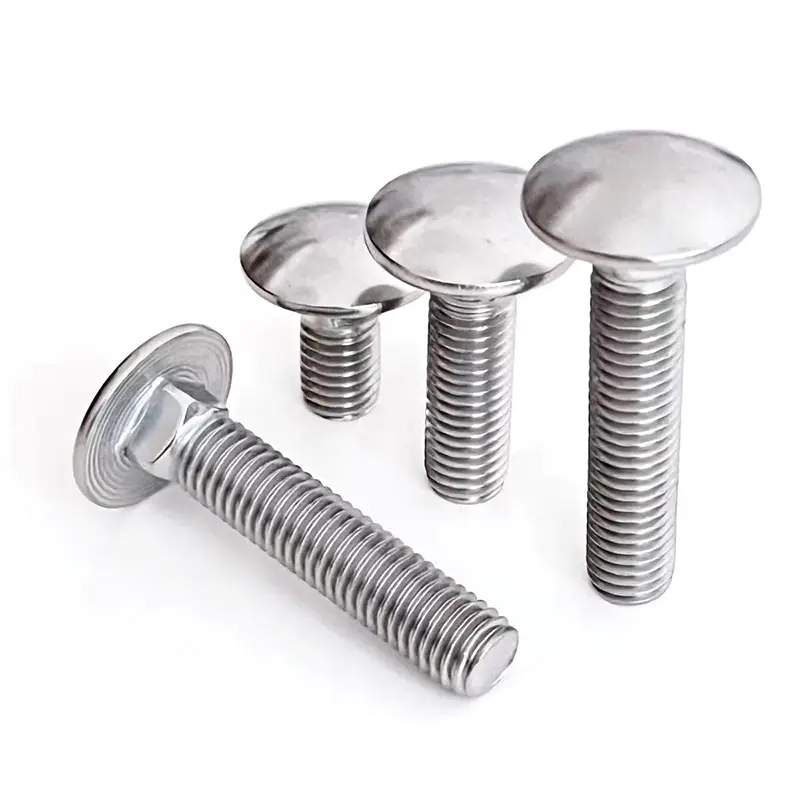
Differences between ASTM F593 and other standards
Region and scope of application
ASTM F593: Mainly used in the North American market, especially in the United States, widely used in construction, machinery, petrochemical and other industries.
Other standards (such as ISO, DIN, JIS): These standards are more common in Europe (DIN), international markets (ISO) and Japan (JIS), and their scope of application is relatively wide.
Material classification and naming
ASTM F593: Stainless steel fasteners are divided into different grades (Grades), such as F593C, F593D, F593G, F593H, etc., each grade corresponds to a specific stainless steel type and performance requirements.
Other standards (ISO/DIN/JIS): These standards usually use different naming and classification methods. For example, ISO standards use A2, A4, etc. to indicate stainless steel types and grades, while DIN standards use a combination of numbers and letters (such as 1.4301 for 304 stainless steel).
Marking and certification
ASTM F593: Fasteners must be clearly marked to indicate their material and grade for easy identification and traceability. In addition, ASTM standards are often associated with specific certification and testing procedures.
Other standards (ISO/DIN/JIS): ISO, DIN, JIS and other standards also have similar marking requirements, but the specific marking methods and certification procedures may be different.
I hope this article can provide you with valuable reference for the selection of stainless steel hardware fasteners.


